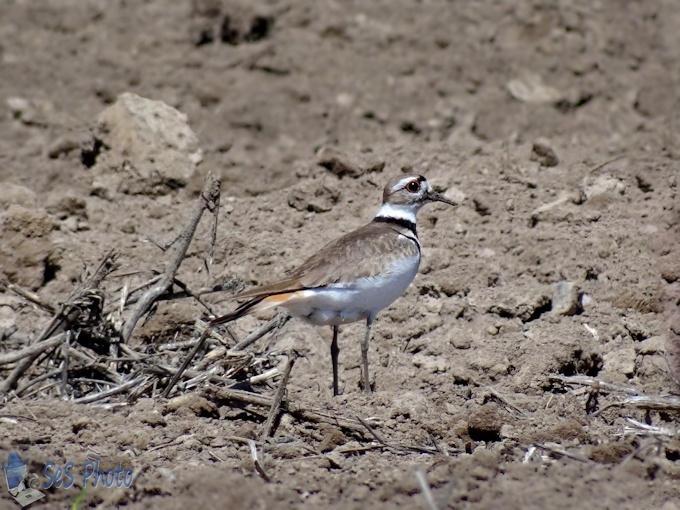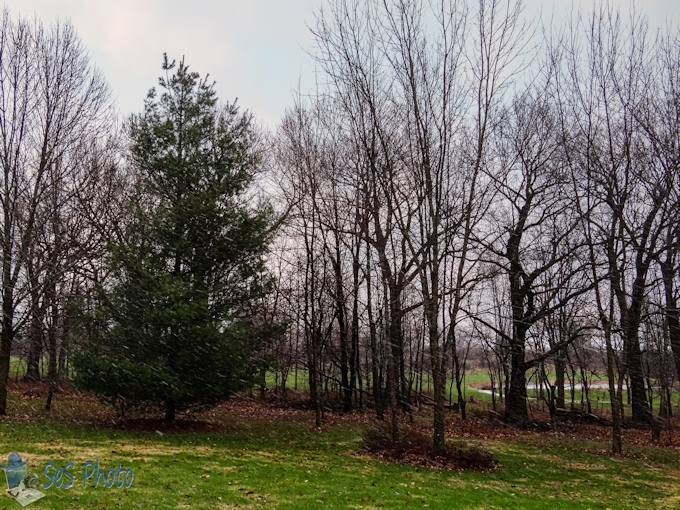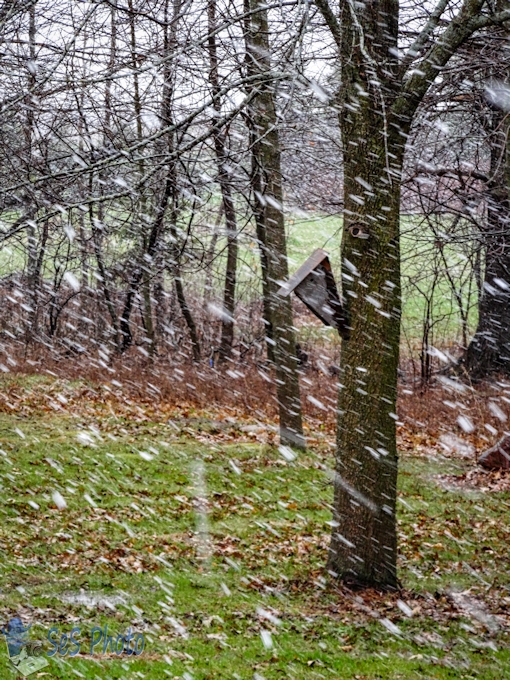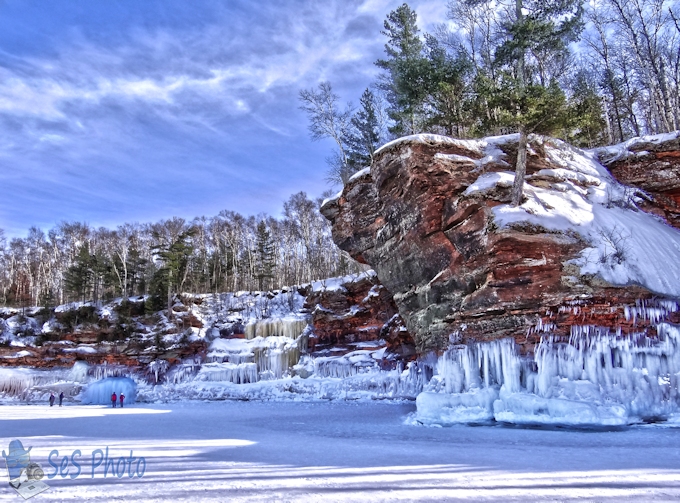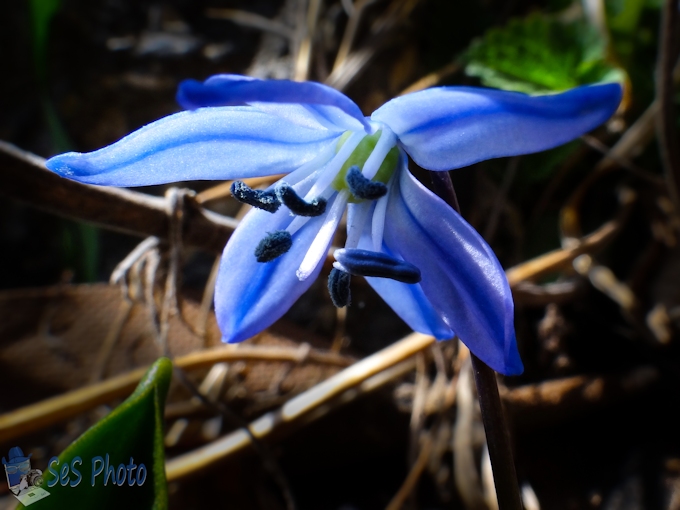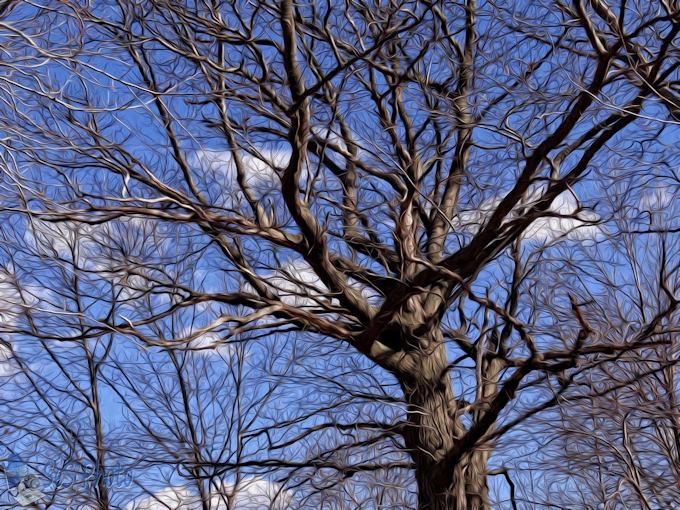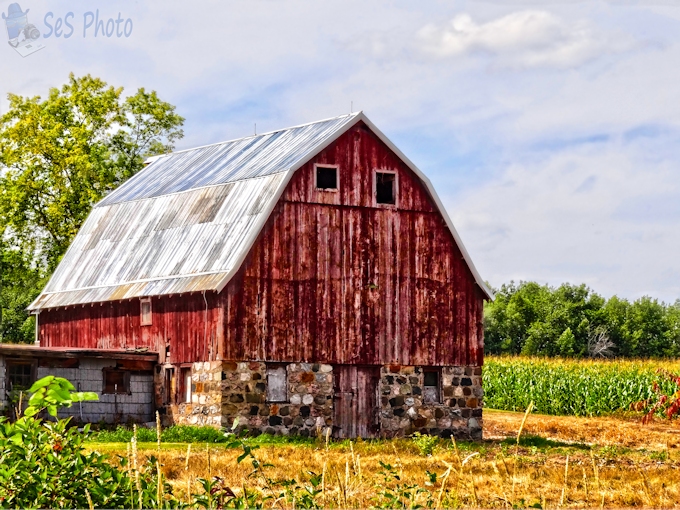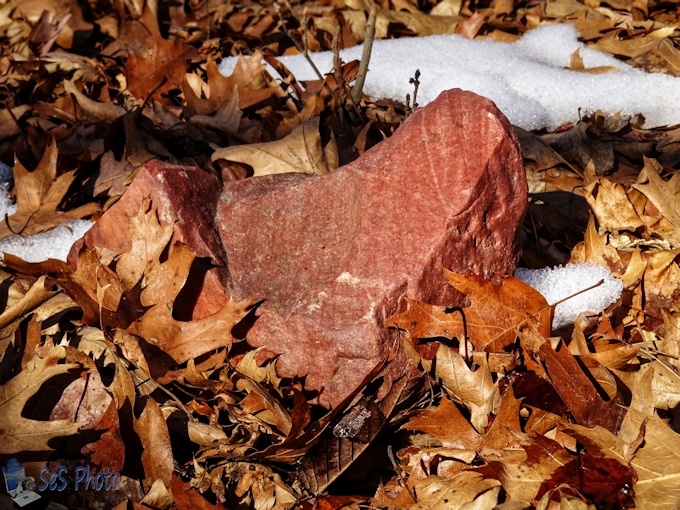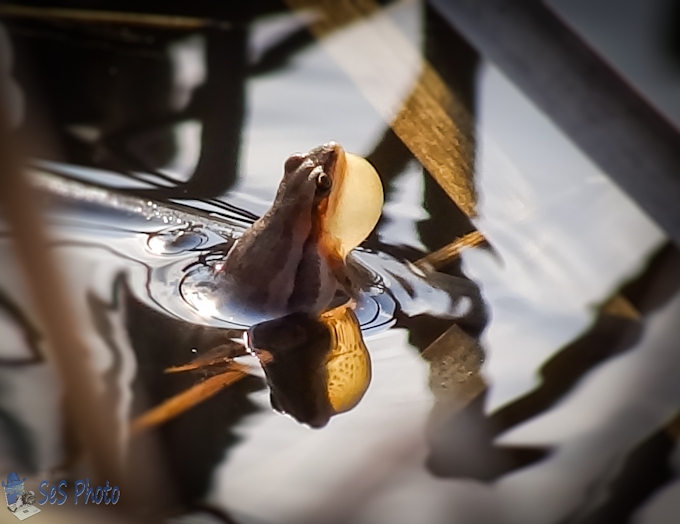The Killdeers have been back for several weeks but hopefully they haven’t laid their eggs yet since a rainy/snowy stretch is coming up. A shorebird, who rarely spends time on a shore, but instead is found in pastures, fields, sandbar, driveways, gravel rooftops and golf courses. Course gravel rooftops are dangerous for the young when the adults lure the babies off the roof and at the cheese factory, we would try putting cushion material down when they started to jump off the roof.
I generally see them in the pastures and watch their broken-wing act to lead me away from their nest, which is often in a dry cow pie, but the broken-wing act doesn’t keep the cows from from stepping on the eggs so they will use a different tactic. The Killdeer will fluff itself up, display its tail over its head and then run at the cow to attempt to make the cattle change its path.
Killdeer get their name from the shrill, wailing kill-deer call they give so often and were also called the Chattering Plover and the Noisy Plover.
Noisy Killdeer
